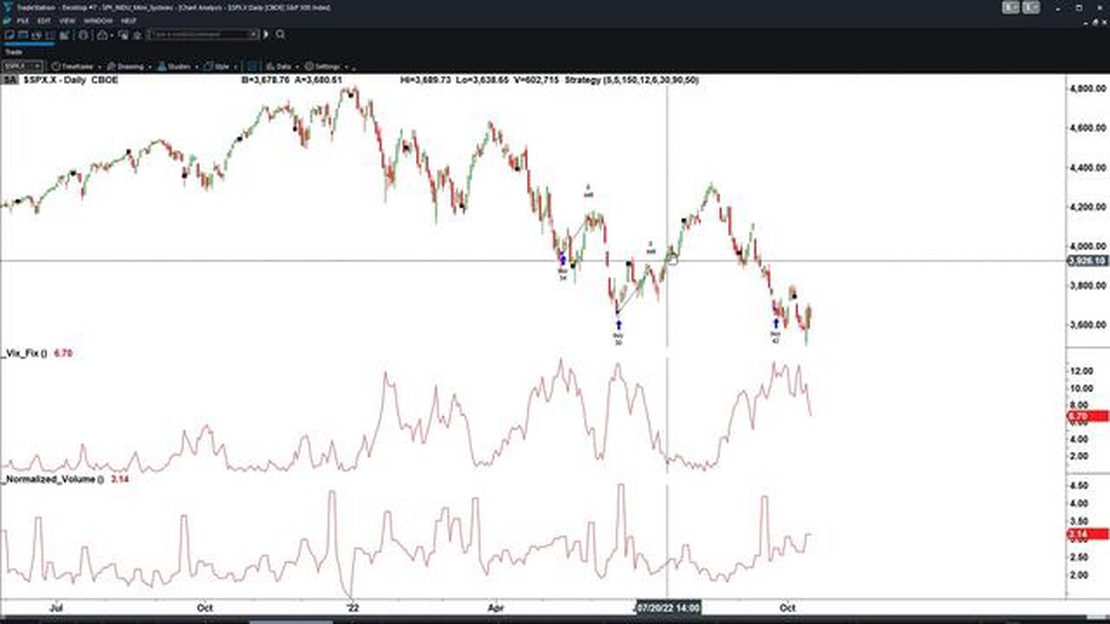Understanding the Key Differences Between Oto and OCO Trading Orders
Understanding the Difference Between Oto and OCO When it comes to trading orders, there are various options available to traders to manage their …
Read Article
The Financial Information eXchange (FIX) protocol is a widely used electronic communication protocol that allows for the exchange of real-time information and order flow between market participants in the global financial industry. It was developed in the early 1990s to streamline and standardize the trading process, and has since become the de facto standard for electronic trading across various asset classes, including equities, futures, options, and foreign exchange.
The FIX protocol provides a common language for communication between trading systems, connecting brokers, buy-side firms, exchanges, and other market participants. By using a standardized format for messages, the FIX protocol enables seamless connectivity and interoperability between different systems, which is crucial for efficient and automated trading.
The FIX protocol is based on a client-server architecture, where trading systems act as clients and connect to execution venues or other service providers through a FIX gateway. The protocol defines a set of message types for various trading activities, such as entering orders, amending orders, canceling orders, market data requests, and trade acknowledgments.
In addition to facilitating trade execution, the FIX protocol also supports pre-trade activities, such as sending indications of interest (IOIs), requests for quotes (RFQs), and trade advertisements. It also provides the framework for post-trade functions, including trade allocations, confirmations, and reconciliation.
Overall, the FIX protocol has revolutionized the way financial markets operate by standardizing communication and enabling faster, more efficient, and more transparent trading. It has fostered greater connectivity between market participants and reduced the costs and complexities associated with trading across different systems. As technology continues to advance and new trading platforms emerge, the FIX protocol remains a critical component of the modern financial ecosystem.
The FIX Trading System is a globally recognized messaging protocol that allows financial institutions to communicate and trade electronically. It stands for Financial Information eXchange and is designed to streamline and standardize the process of trading across different platforms and institutions.
What is FIX?
FIX is an open messaging protocol that was first introduced in 1992 by the financial industry to address the need for a standardized way of electronic communication. It was developed to replace the numerous bespoke protocols that were being used by different institutions at that time, which made it difficult to connect and communicate between systems.
The FIX protocol uses a series of message types to facilitate the exchange of information between parties involved in the trading process. These messages can include orders, executions, market data, and administrative messages, among others.
How does the FIX Trading System work?
The FIX Trading System works by establishing a connection between an order management system (OMS) or a trading platform and a counterparty or liquidity provider. The two parties communicate by sending FIX messages back and forth, which contain the necessary information for trading and processing orders.
Read Also: Understanding Non-Directional Trading Strategies: A Comprehensive Guide
The FIX messages are formatted in a structured way using the FIX protocol’s data fields and tags. Each tag corresponds to a specific data element such as order quantity, price, or instrument identifier. By exchanging these messages, the trading parties can transmit and interpret the required information accurately and efficiently.
Benefits of the FIX Trading System
Read Also: Understanding TT Rates: Everything You Need to Know
The FIX Trading System offers several benefits to market participants:
In conclusion, the FIX Trading System is a standardized messaging protocol that has become a cornerstone of electronic trading in the financial industry. It enables seamless communication and trading between different systems and institutions, offering standardization, efficiency, connectivity, flexibility, and reliability.
The FIX Trading System offers a range of benefits to market participants, including:
In summary, the FIX Trading System offers numerous benefits, including increased efficiency, cost savings, access to greater liquidity, flexibility, transparency, and global reach. These advantages make FIX an essential tool for market participants looking to optimize their trading processes and stay competitive in today’s fast-paced financial markets.
The FIX trading system is an electronic communication protocol that enables real-time communication and exchange of trading messages between market participants.
The FIX trading system is used by various market participants including buy-side firms, sell-side firms, execution venues, and regulators.
By using the FIX trading system, market participants can achieve faster trade execution, improved accuracy, reduced operational risk, increased automation, and enhanced transparency.
The FIX trading system works by standardizing the format of trading messages and providing a communication protocol for the exchange of these messages between different systems. It uses tags to identify different fields of the trading message, allowing for seamless integration and communication.
Yes, you can connect your own trading system to the FIX trading system by implementing the necessary FIX protocol specifications and establishing a connection with a FIX-enabled trading platform or counterparty.
The FIX trading system is a protocol used by financial institutions to facilitate the electronic exchange of information related to securities transactions.
Understanding the Difference Between Oto and OCO When it comes to trading orders, there are various options available to traders to manage their …
Read ArticleHow to Calculate 3 Month Rolling Average Calculating a rolling average is a commonly used statistical method to analyze trends over a specific period …
Read ArticleBenefits of Exponential Moving Average in Trading When it comes to trading in the financial markets, having the right tools and indicators is crucial …
Read ArticleUnderstanding the Rules-Based International Trading Order The global economy is highly interconnected, with countries around the world relying on each …
Read ArticleUnderstanding the Meaning of Expanding Bollinger Bands The Bollinger Bands indicator is a popular technical analysis tool used by traders to analyze …
Read ArticleUnderstanding VWD: A Comprehensive Guide on How It Works Von Willebrand Disease (VWD) is a genetic bleeding disorder that affects the blood’s ability …
Read Article